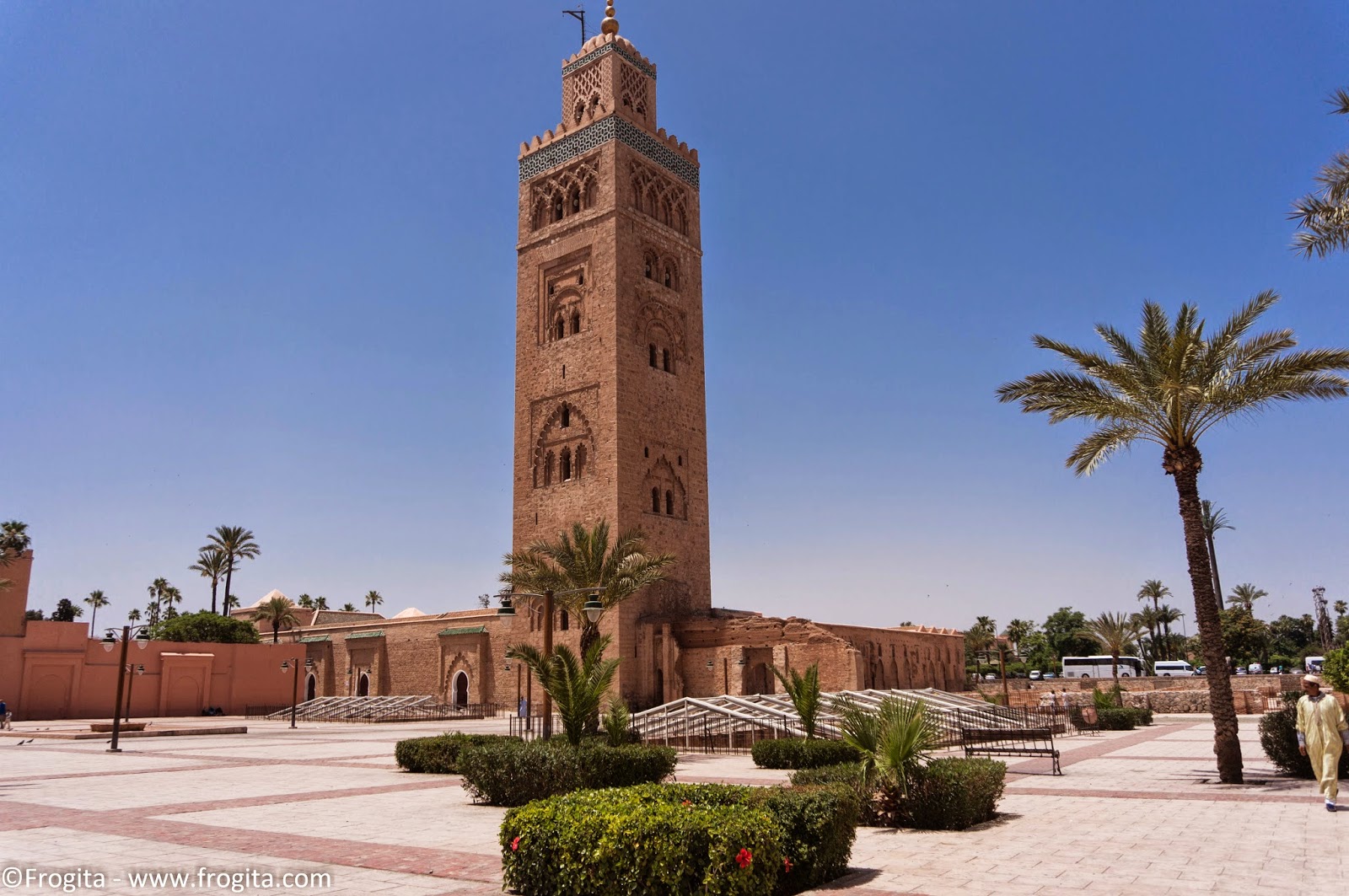Koutoubia Mosque is one of the well-established Islamic landmarks in the history of Morocco. Koutoubia Mosque mediates the city of Marrakech near the Jemaa El Fna Square. And the designation of the mosque is derived from "Aketbian", which is the name of the market for the sale of books, thought it was
the vicinity of mosques.
Date
The second mosque has been built in the year 1158 AD, which is similar in terms of the size of the building first, and is organized in a prayer hall rectangular includes seventeen arcade oriented perpendicularly towards the direction, carried by columns and arches consistent and crowns a unique reminiscent of those found Mosque villagers Fez. The confluence direction porch and hallway Bakbbh five pivotal determination and true to the characteristics of religious architecture Almohad which had a deep influence in various parts of the Muslim West.
Blazers owner says Almosah in Marrakchi News said: "He built Abdelmoumen House last stone mosque, where Friday collection, and proceeded to build a mosque, and the demolition of the mosque, which was the bottom of the city which was built by Ali ibn Yusuf." Uh






.jpg)










.jpg)


0 comments:
Post a Comment